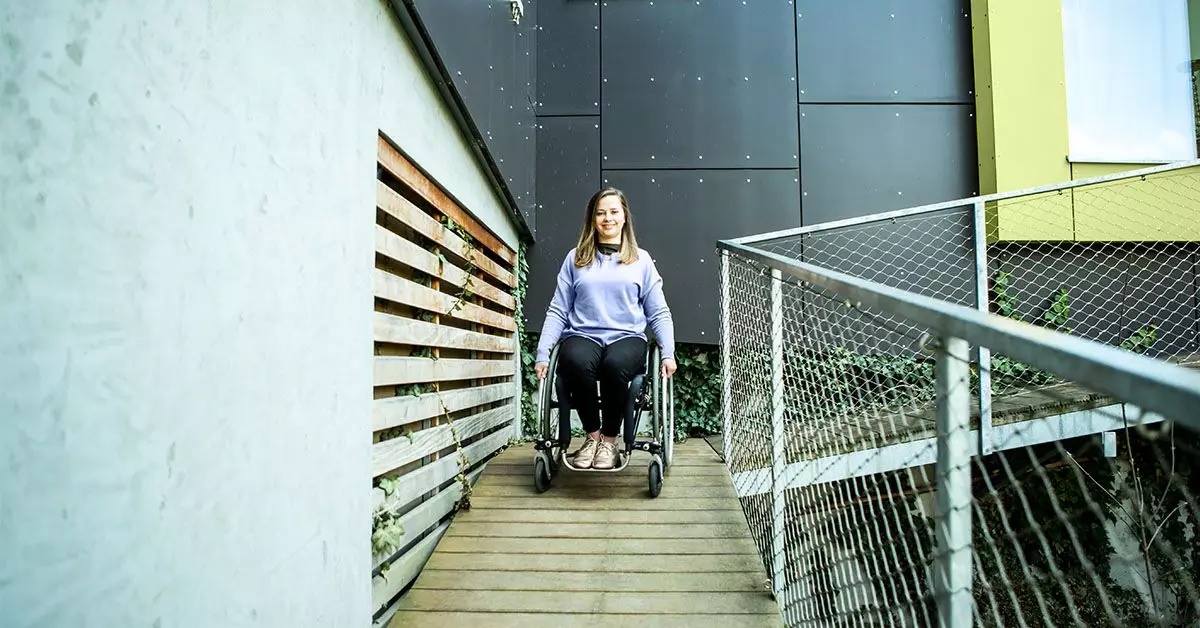Mobility refers to one’s ability to move, encompassing aspects such as stamina, strength, balance, coordination, and range of motion of the joints. On the other hand, disability is the outcome of an impairment that hinders a person from carrying out tasks in a typical manner within their culture. Disabilities can affect various functions, including movement, as well as cognitive abilities, vision, hearing, communication, and relationship-building. It is essential to note that not all disabilities impact mobility, and disabilities can manifest in ways that are not immediately visible to others. Therefore, it is critical to recognize that mobility and disability are not mutually exclusive concepts.
Diverse definitions of disability exist, leading to varying perspectives on who is considered disabled and who is not. The legal model of disability stipulates specific criteria that individuals must meet to be classified as disabled by the government or other authoritative bodies. These criteria often regulate disability rights, accommodations, and governmental support. In contrast, the medical model of disability relies on an individual’s medical diagnosis, symptom severity, and the resulting impact on their daily life to determine disability status. However, this model has faced criticism for potentially viewing disabled individuals’ challenges as solely medical issues rather than societal constructs.
To address the limitations of the medical model, disability rights activists developed the social model of disability. In this view, impairments and disabilities are distinct entities. An impairment refers to a physical difference in abilities or skills, while disabilities arise from external factors within a person’s environment or society. For instance, individuals with sensory sensitivities may face challenges in environments that do not accommodate their needs, leading to distress and exclusion. Similarly, wheelchair users can navigate smoothly in accessible spaces with proper amenities but may encounter significant obstacles in inaccessible environments.
Mobility impairments can stem from various conditions and may result in paralysis, coordination difficulties, reduced stamina, limited range of motion, balance issues, and mobility obstacles due to symptoms like pain and dizziness. Individuals with mobility impairments may have limited movement capabilities but can navigate under specific circumstances. Disability accommodations play a crucial role in enabling people with mobility disabilities to engage in tasks and activities more easily. Examples of accommodations include installing wheelchair ramps, adding grab bars, ensuring wide walkways, and providing adjustable equipment in workplaces and schools.
Social Support and Resources
In the United States, laws like the Americans with Disabilities Act (ADA) mandate disability accommodations in workplaces and educational settings. Additionally, individuals with mobility disabilities can access financial support, protection against discrimination, job training programs, and other forms of assistance through the Social Security Administration and related organizations. Resources such as independent living centers, the ADA National Network, and disability-specific groups offer valuable support to individuals with disabilities.
It is crucial to recognize that mobility and disability are interconnected yet distinct concepts. While mobility refers to movement ability, disability arises from impairments that may include mobility limitations. By understanding the various models of disability and providing necessary accommodations and support, communities can foster inclusivity and empowerment for individuals with disabilities. Whether through workplace adaptations, assistive technologies, or societal acceptance, promoting mobility and accessibility can enhance the well-being and participation of individuals with disabilities.

